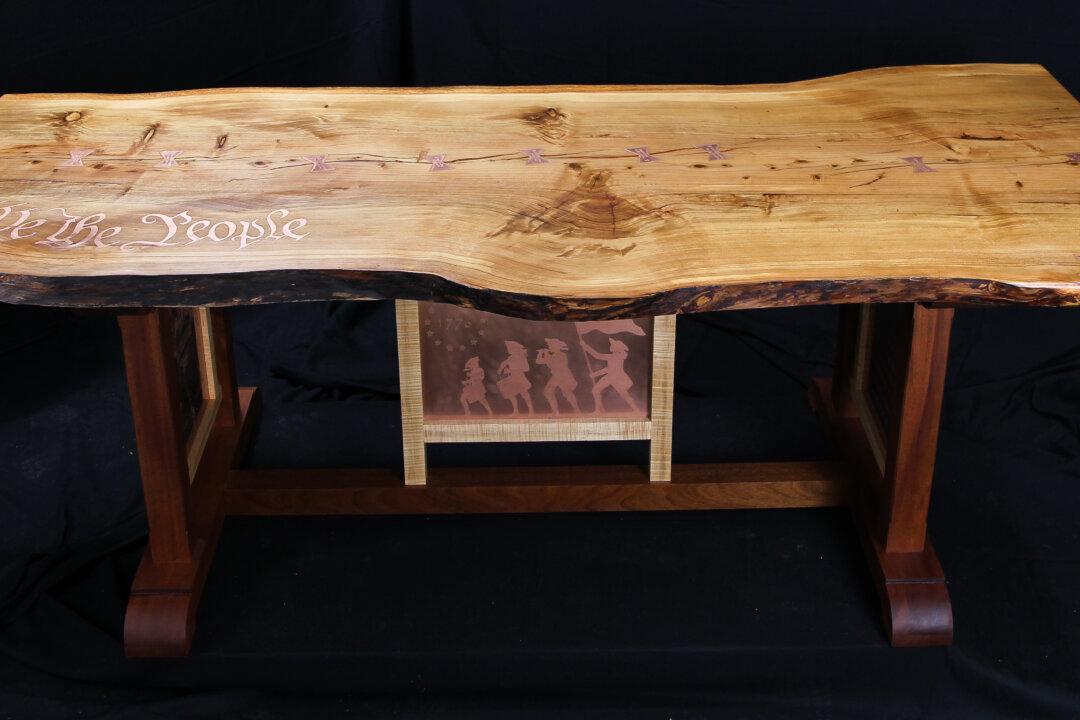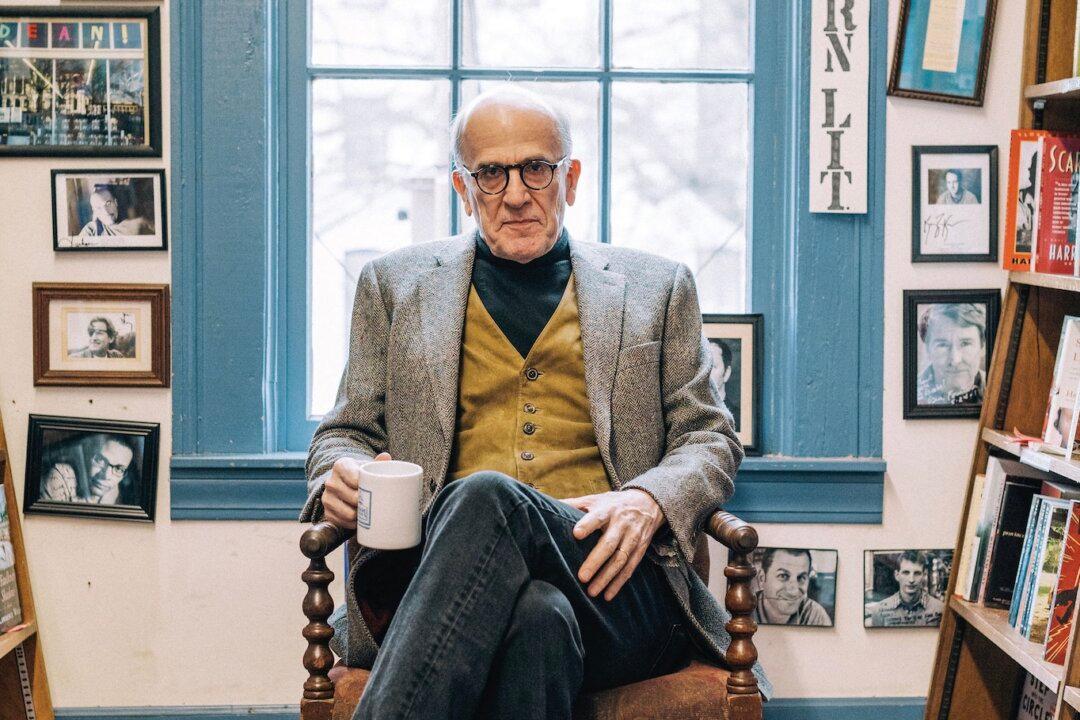Eric Horton, manager of the Klingspor’s Woodworking Shop in Winston-Salem, North Carolina, was in for a surprise the day his lumber buyer came across some original tree slabs from Founding Father James Madison’s estate. The slab that really piqued Horton’s interest was a cedar one allegedly gifted by the Marquis de Lafayette to James Madison when he visited America in 1824. Oral history suggests that Lafayette brought cedar seeds with him as a gift to Madison from the country of France. Cedar trees are not native to North America, which makes the slab that much more special.
The slabs arrived rough sawn and completely unfinished. They estimated to be around three inches thick. By the time Horton was done, they were two inches, flattened, leveled, and completely finished.





